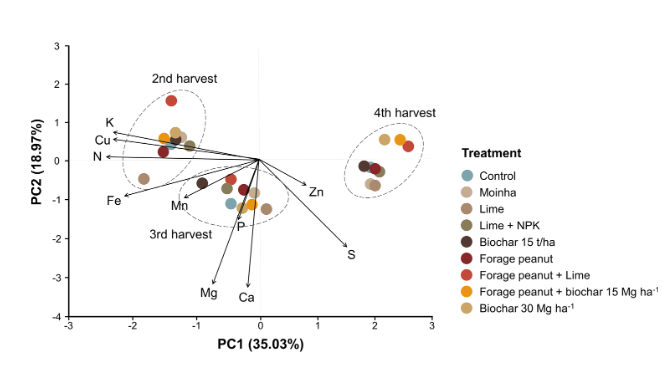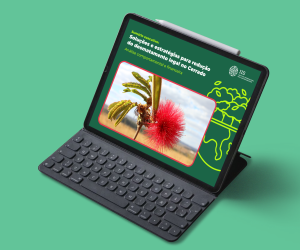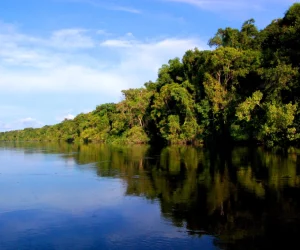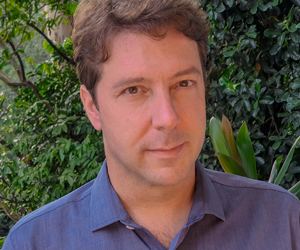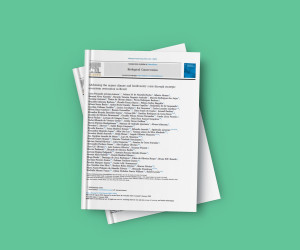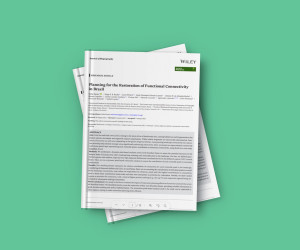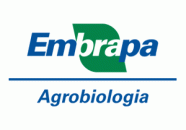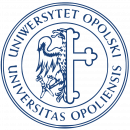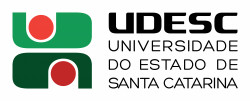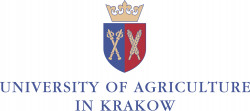Publications > Article
Biochar and Forage Peanut improve pastures: Evidence from a field experiment in Brazil
On May 3, the article “Biochar and Forage Peanut improve pastures: Evidence from a field experiment in Brazil” was published. Published in Agriculture, Ecosystems & Environment, the article reflected on land management and extended to field scale, considering a variety of commonly used grasses. used and of interest to farmers. The field study took place in the municipality of Itaguaí, in the state of Rio de Janeiro, Brazil, between November 2015 and March 2017.
Pasturelands, often degraded, represent most of the converted lands globally. It is important to understand how different pasture management approaches can improve soil quality, increase feed production and farmer income. Here, the impact of different soil enhancers on soil quality and productivity of three cultivars of Brachiaria (Syn. Urochloa) forage grass is presented (Marandu, Paiaguás e Piatã). Soil enhancers included: biochar – a carbon-rich product from biomass pyrolysis, moinha (local charcoal residue), traditional fertiliser containing nitrogen, phosphorus and potassium, lime, and forage peanut (Arachis pintoi cv. Amarillo).
Considering the total biomass produced over the experiment (sum of four harvests), the highest dry biomass production was observed for Brachiaria brizantha cv. Piatã (14.1 Mg ha−1) and cv. Marandu (12.7 Mg ha−1), for biochar application of 30 Mg ha−1. Paiaguás had the highest dry matter production (12.4 Mg ha−1) for the treatment with forage peanut plus 15 Mg ha−1 of biochar. The increases in dry mass production translated to additional income, as compared with the control, of U$ 1 291, U$ 1 183 and U$ 991 per year for Marandu, Piatã and Paiaguás, respectively. The increases in forage grass productivity were reflected by positive changes in soil characteristics such as improvement in cation exchange capacity, pH and nutrient contents. Improved management of tropical pasturelands holds opportunity for more sustainable food production, and for ecosystem services protection and recuperation, for example, biodiversity net-gain, water regulation and carbon sequestration.
The document was authored by several researchers from the International Institute for Sustainability (IIS). Among them, the president of the Institute, Bernardo Strassburg, and the director of Science, Agnieszka E. Latawiec. Representatives of national academic organizations also participated, such as PUC-Rio, the Federal University of Rio de Janeiro (UFRJ), the State University of Santa Catarina (UDESC) and the Federal Rural University of Rio de Janeiro. Janeiro (UFRJ); and from international ones such as Opole University of Technology, University of Opole, University of Agriculture in Kraków, University of East Anglia. Representatives from the public sphere also contributed, from institutions such as EMBRAPA Solos, EMBRAPA Acre and EMBRAPA Agrobiologia; and from the private sphere, with Re.green, founded by Bernardo Strassburg.
